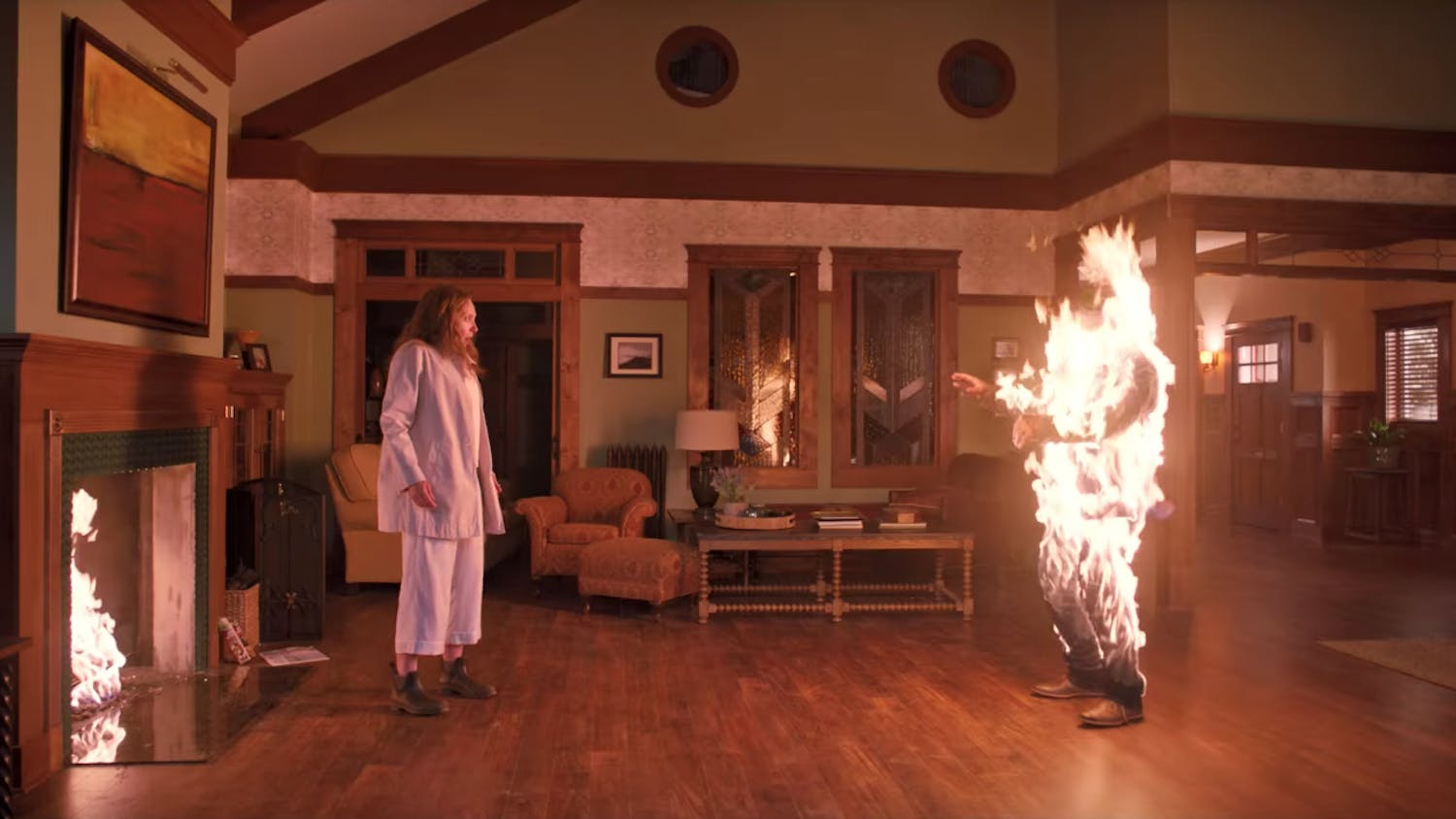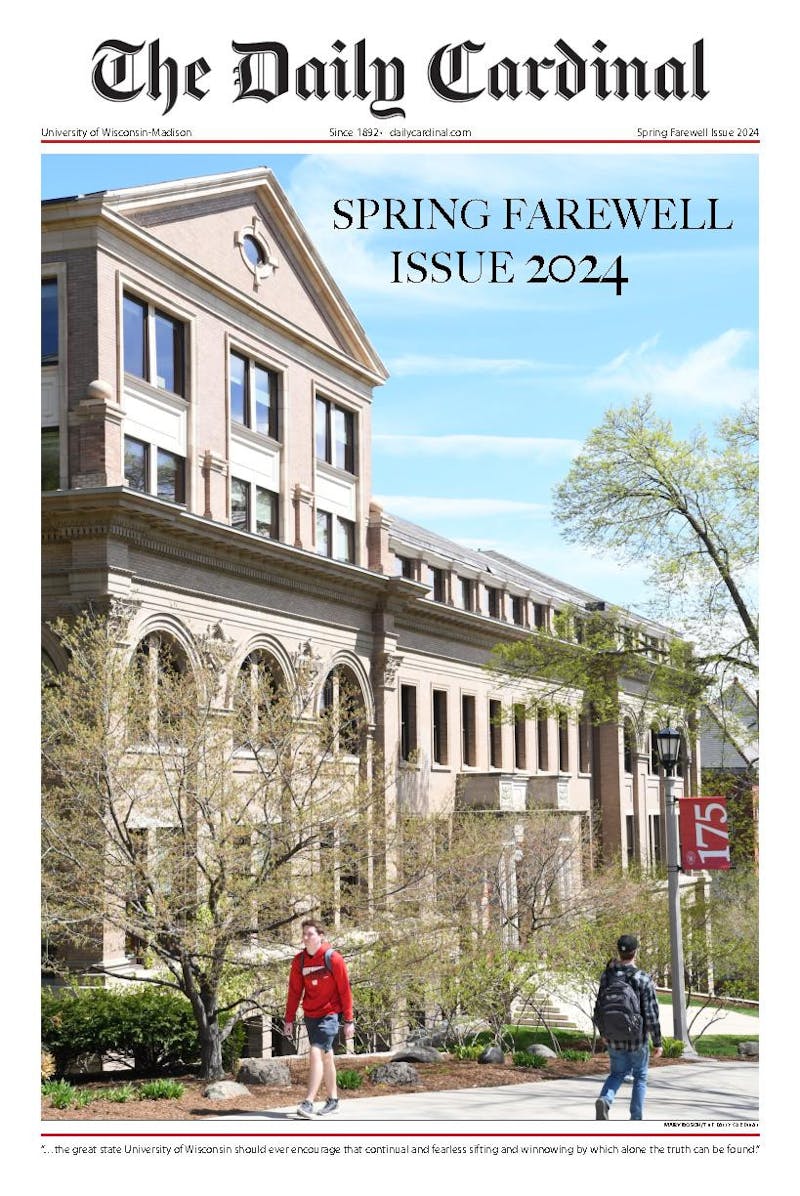Lorrie Moore's third collection of short stories begins with an epigraph, ""It is not news that we live in a world / Where beauty is unexplainable / And suddenly ruined / And has its own routines. We are often far / From home in a dark town, and our griefs / Are difficult to translate into a language / Understood by others."" In ""Birds of America,"" people become the birds, and their unexplainable beauty, routines and mistakes become objects of study.
Moore's stories present grief in its many forms and species, featuring characters with universal fears and weaknesses. These people are small characters. They're everyday people with uninteresting and unimportant lives.
Moore does not write to create fantasies or thrilling tales that readers long to escape to. Instead, she chronicles the common birds of America in all their all-too-familiar pains, pettiness and emptiness that so often plague members of our modern society.
People often confess that they find Moore's narratives far too unsettling or gratuitous in their exploitation of misery. Her characters suffer from loneliness, loss or some other strain of suffering. They are all hungry for connection, but handicapped by their highly developed state of alienation.
One of the strongest pieces in the collection, ""Which is More Than I Can Say About Some People,"" dissects the tension between a daughter and her mother, recently separated from her husband, forced together on a vacation to Ireland and a quest to kiss the Blarney Stone. A climactic moment strips away a thick layer of toughness and pretended wisdom that the mother had built over decades, and the daughter suddenly sees, in a heartbreaking revelation, the vulnerable, fearful person she really is.
Abby, the daughter who is wiser than she herself realizes, knows that, ""no matter what terror or loveliness the earth could produce—winds, seas—a person could produce the same, lived with same, lived with all that mixed-up nature swirling inside, every bit. There was nothing as complex in the world—no flower or stone—as a single hello from a human being.""
This quote, one of Abby's pensive ruminations, is a hidden summary of Moore's overarching intent and message. She believes that people, especially the common and downtrodden, harbor consciousnesses and feelings as great and sublime as nature's most extravagant presentation.
Most of the stories offer similarly uncomfortable scenarios. In her famous ""People Like That Are The Only People Here,"" a couple's baby is diagnosed with a serious illness. Characters in this piece are left unnamed, their experiences coated with a layer of absurdity that understates the underlying magnitude of their pain just enough to carry the plot along without turning maudlin.
What makes Moore's gloomy storylines bearable and actually pleasurable to experience are her wit and humor. Moore has a unique style that is instantly recognizable and an uncanny sense of metaphorical potential that manages to convey a specific and personal feeling that is unexpected and somehow beautiful in its movement between absurdity, humor and pathos.
In a few examples of Moore's radical poeticisms, travelers sleep ""lumpily,"" facial expressions are described as geometric ""arrangements"" full of ""crooked diagonals,"" a garnet ring is ""a coughdrop set in brass,"" and a lover's eyes are teeming with ""pond life."" Her use of descriptive figuratives evokes ideas of cubism. Our expectations are shattered, haphazardly tossed around and rearranged into new meaning. We see the world through stricken eyes and challenge the difficult grief described in the epigraph.
Reading ""Birds of America"" is an intense experience. These stories prove that, while difficult, grief is translatable, and one person's suffering can be understood by another.





